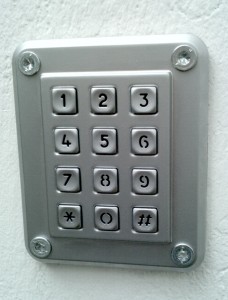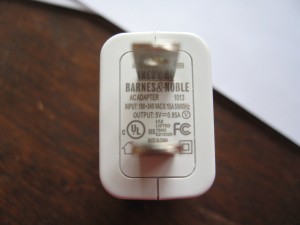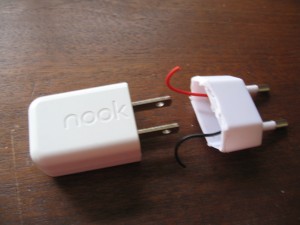i needed a version of the ‘breathing led’ for a project which would not block everything else. button presses and the actual application should run without delay. after all it would just be cosmetics 😉
the result looks like this:
here is my non-blocking code for a breathing led with arduino:
1 2 3 4 5 6 7 8 9 10 11 12 13 14 15 16 17 18 19 20 21 22 23 24 25 26 27 28 29 30 31 32 33 34 35 36 37 38 39 40 41 42 43 44 45 46 47 48 49 50 51 52 53 54 55 56 57 58 59 60 61 62 63 64 65 66 67 68 69 70 71 72 73 74 75 76 77 78 79 80 81 82 83 84 85 86 87 88 | [sourcecode lang="c"] /* "Breathing non-blocking sleep LED." Florian Klien 2011 blog.flo.cx based on work from Jeremy Saglimbeni (thecustomgeek.com) */ #define LED 5 // any PWM led will do unsigned long status_breathe_time = millis(); int breathe_delay = 10; boolean breathe_up = true; int breathe_i = 15; void setup() { // bring the LED up nicely from being off for(i = 0 ; i <= 15; i+=1) { analogWrite(11, i); delay(5); } } void loop() { nonBlockingBreathe(); otherImportantNonBlockingStuff(); } void nonBlockingBreathe(){ if( (status_breathe_time + breathe_delay) < millis() ){ analogWrite(LED, breathe_i); status_breathe_time = millis(); if (breathe_up == true){ if (breathe_i > 150) { breathe_delay = 4; } if ((breathe_i > 125) && (breathe_i < 151)) { breathe_delay = 5; } if (( breathe_i > 100) && (breathe_i < 126)) { breathe_delay = 7; } if (( breathe_i > 75) && (breathe_i < 101)) { breathe_delay = 10; } if (( breathe_i > 50) && (breathe_i < 76)) { breathe_delay = 14; } if (( breathe_i > 25) && (breathe_i < 51)) { breathe_delay = 18; } if (( breathe_i > 1) && (breathe_i < 26)) { breathe_delay = 19; } breathe_i += 1; if( breathe_i >= 255 ){ breathe_up = false; } }else{ if (breathe_i > 150) { breathe_delay = 4; } if ((breathe_i > 125) && (breathe_i < 151)) { breathe_delay = 5; } if (( breathe_i > 100) && (breathe_i < 126)) { breathe_delay = 7; } if (( breathe_i > 75) && (breathe_i < 101)) { breathe_delay = 10; } if (( breathe_i > 50) && (breathe_i < 76)) { breathe_delay = 14; } if (( breathe_i > 25) && (breathe_i < 51)) { breathe_delay = 18; } if (( breathe_i > 1) && (breathe_i < 26)) { breathe_delay = 19; } breathe_i -= 1; if( breathe_i <= 15 ){ breathe_up = true; breathe_delay = 970; } } } } [/sourcecode] |
original code came from thecustomgeek.com


